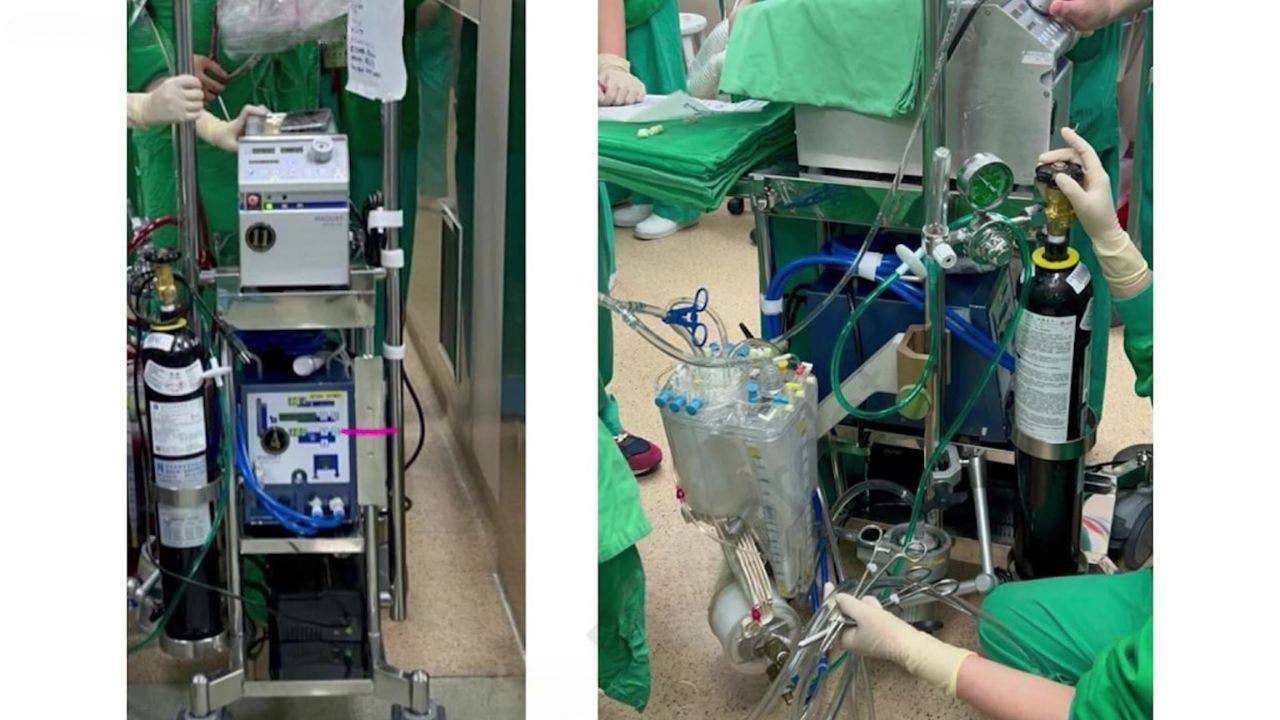Blue Ghost becomes 1st private spacecraft to land successfully on moon

A private lunar lander carrying a drill, vacuum, and other experiments for NASA successfully touched down on the moon on Sunday, marking a significant milestone in the growing commercial space industry. Firefly Aerospace’s Blue Ghost lander, named after a rare species of fireflies in the U.S., made a flawless descent from lunar orbit and landed on the slopes of an ancient volcanic dome on the moon’s near side.
The achievement was a major success for Firefly Aerospace, a startup that has been working towards this goal for the past decade. The Blue Ghost lander, standing at two meters tall and 3.5 meters wide, provided extra stability during the landing process, making it the first private spacecraft to land on the moon without crashing or toppling over. This successful landing puts Firefly in a league with only five countries – Russia, the U.S., China, India, and Japan – that have achieved the feat.
Confirmation of the successful touchdown came from the company’s Mission Control in Austin, Texas, as the lander began sending back images from the lunar surface. The first pictures included a selfie of the lander and a view of Earth in the distance, shining like a blue dot in the darkness of space.
The Blue Ghost lander carried 10 experiments for NASA, including a vacuum to collect moon dirt for analysis, a drill to measure subsurface temperature, and a device to eliminate abrasive lunar dust. These experiments will run for two weeks before the lander shuts down due to the end of lunar daytime. The data collected will provide valuable insights for future missions and the development of a lunar economy.
Following Firefly’s successful landing, two other companies are set to join the lunar exploration race. Intuitive Machines, based in Houston, is scheduled to land its lander near the moon’s south pole on Thursday, while the Japanese company ispace is planning a landing in three months. These missions are part of NASA’s commercial lunar delivery program, aimed at fostering competition among private businesses and advancing exploration efforts before astronauts return to the moon later this decade.
Despite the challenges and risks involved in lunar landings, Firefly CEO Jason Kim expressed satisfaction with the mission’s outcome. He highlighted the significance of private companies operating within a limited budget to achieve successful robotic landings on the moon, paving the way for future scientific discoveries and exploration.
As the commercial space industry continues to expand, NASA remains committed to supporting private lunar missions and fostering collaboration with innovative companies like Firefly Aerospace. The success of the Blue Ghost lander marks a promising step forward in humanity’s quest to explore and utilize the resources of Earth’s celestial neighbor.




